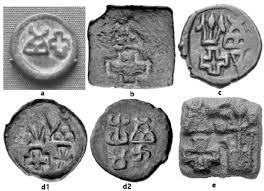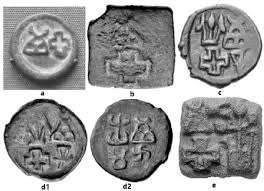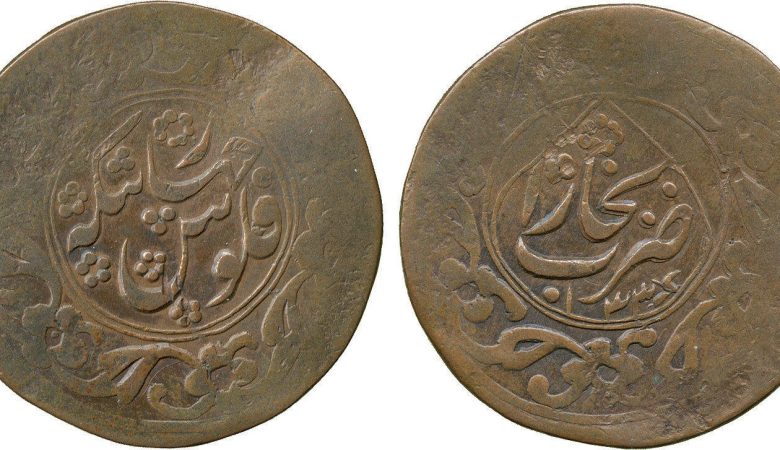What is coin in history?
Different types of coinage have been used as a store of value, a unit of account, and a medium of trade throughout history. Coins have been crucial to the growth of trade, economics, and the chronicles of many civilizations. An outline of coinage history is provided below:
- Ancient Origins: Metal artifacts have been used as money for thousands of years. Ancient humans made early money out of things like metal ingots, pearls, and shells. Metal coins were created as a more practical and uniform form of payment as cultures advanced.
- First Metal Coins: It is said that around the seventh century BCE, the ancient kingdom of Lydia (present-day western Turkey) is where the first metal coins were created. Electrum, a naturally occurring gold and silver alloy, was used to make these ancient coins.
- Greek and Roman Coinage: The evolution of currency was significantly influenced by ancient Greece and Rome. They made coinage more widely known and accepted by introducing uniform coins with pictures and inscriptions.
- Chinese Cash: For more than two millennia, a type of money known as “cash” was utilized in ancient China. The square hole in the middle of these coins makes it simple to thread them together for counting and transporting.
- Medieval and Renaissance Europe: Different parts of Europe struck their own coins in the Middle Ages and the Renaissance. Coins’ designs and values frequently served as symbols of the legitimacy and might of the state or monarch that issued them.
- Colonial America: Several currencies were used in colonial America, including foreign coins, colonial coinage, and commodity money made of things like tobacco and beaver pelts.
- Modern Coinage: Many nations standardized their currency over the 19th and 20th centuries. Coins composed of copper, nickel, silver, gold, and other common metals were first issued by governments in standardized designs.
- Paper Money: Coins remained necessary, but paper money started to become more and more common as a means of payment. In the seventh century, modern paper money was first used in China and then extended to other regions of the globe.
- Modern Coins: Coins are still used nowadays in the majority of nations in addition to digital payment options and paper money. They frequently have different designs, historical people, and national symbols on them and are released by governments and central banks.
- Collectible Coins: Numismatists collect some coins because of their rarity or historical significance. Coin collectors seek out collectible coins, which can have a worth higher than their face value.
- Cryptocurrency: Digital currencies, such as Bitcoin and other cryptocurrencies, have become more prevalent in recent years and are posing a threat to more established payment methods like actual coins.
The evolution of commerce, economy, and society over time is reflected in the history of coinage. In addition to being used to facilitate commerce, coins have frequently had cultural and political significance due to the signals of authority and identity that their designs and inscriptions have conveyed. Coins are still an essential component of all monetary systems in use today, despite the rise in popularity of digital currencies.

What is the purpose of a coin?
A coin’s main function in economic transactions is to operate as a medium of exchange. Since ancient times, coins have been used to promote trade and business. They provide the following important features and benefits in the context of financial exchange:
- Medium of Exchange: You may purchase products and services using coins. They offer a practical and commonly recognized way to transmit value in daily transactions.
- Unit of Account: Coins and paper money together offer a common unit of measurement for values and prices, which makes financial computations and transactions easier.
- Durability: Compared to paper money, coins are made to be more robust and last longer. Their capacity to endure damage guarantees their continuous functionality.
- Divisibility: Coins may be used for smaller or bigger transactions since they come in different denominations. Its ability to be divided up makes a variety of economic transactions possible.
- Recognizability: Coins include unique patterns, symbols, and inscriptions and are frequently issued by governments or other central authority. Because of this, people can recognize them and trust them in deals.
- Universal Acceptance: Coins must be accepted for payment of obligations and transactions because they are widely recognized as legal currency in a well-regulated monetary system.
- Historical and Cultural Significance: Coins with designs, symbolism, and inscriptions that represent facets of a country’s past and identity can have historical and cultural value.


Although coins have historically fulfilled these functions, the introduction of digital currencies and electronic payment systems has increased the range of financial transactions that individuals may carry out. Although these new technologies are more convenient and have more functions, real coins are still employed in modern economies in addition to digital payment methods.




